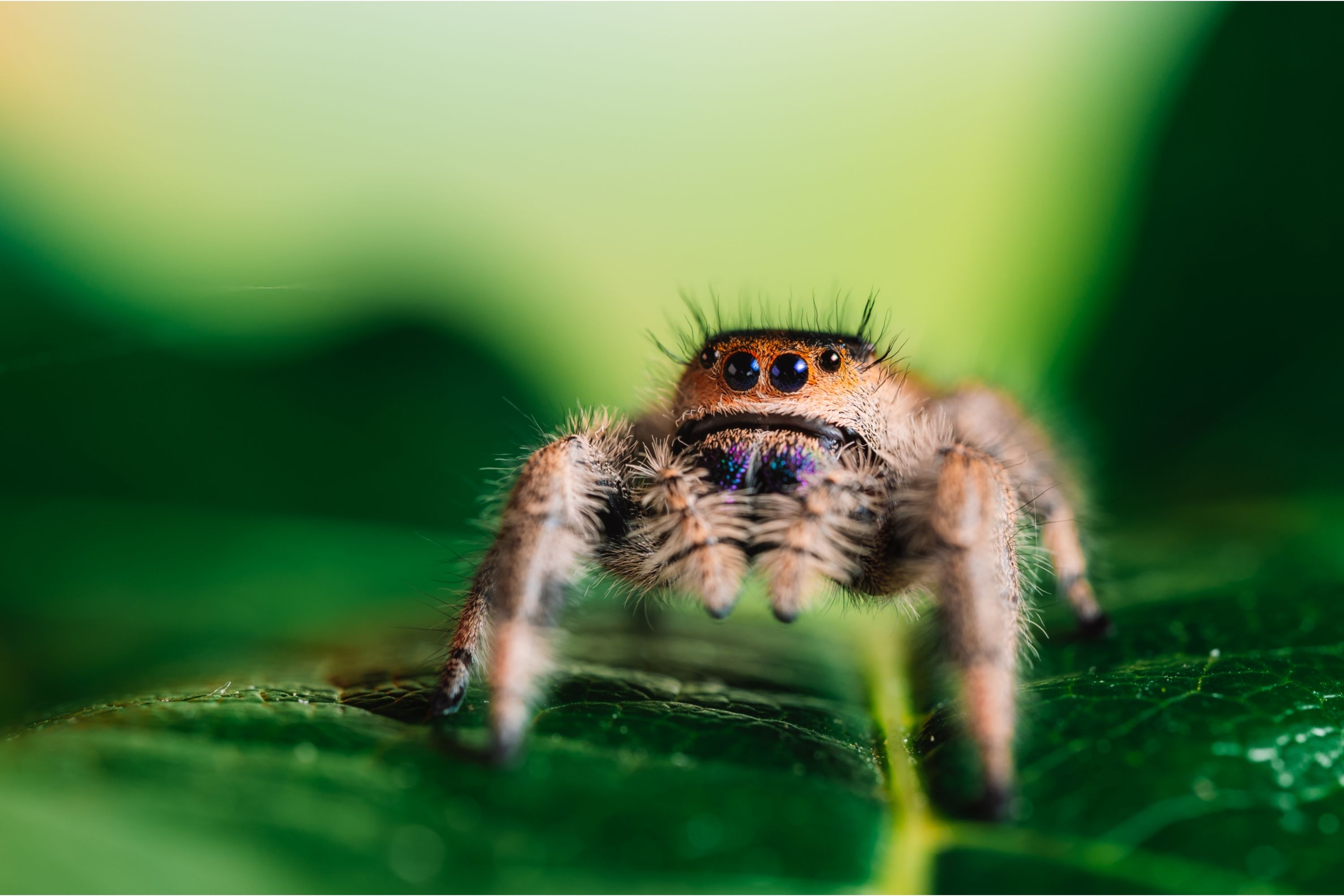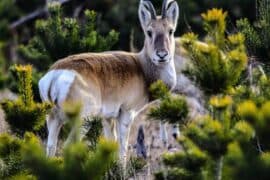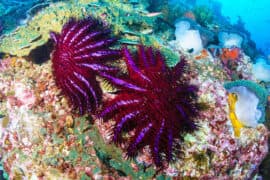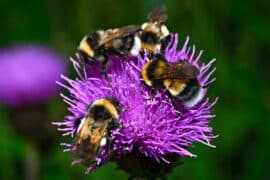Regal jumper
(Phidippus regius)

Description
Phidippus regius, known commonly as the regal jumper, is a species of jumping spider in eastern North America. Adult males range from 6 to 18 mm (0.24–0.71 in) in body length and average 12 mm (0.47 in). Females range from 7 to 22 mm (0.28–0.87 in) and average 15 mm (0.59 in). Males and females are easily differentiated. The males are always black with a pattern of white spots and stripes. Females often bear similar patterns to the males, but range in color from shades of gray to a vivid orange. The three spots on the back of the spider's abdomen often resemble a smiling face. Toward the end of the abdomen, there are usually two small round spots while there is a larger, triangle-shaped one closer to the cephalothorax, that looks like a mouth. The regal jumping spider belongs to the genus Phidippus, a group of jumping spiders easily identified both by their relatively large size and their iridescent chelicerae. Among most members of Phidippus, these chelicerae are generally green, but in the case of P. regius they are often a blue-violet. The regal jumping spider is a common pet. Phidippus regius is not a medically significant spider and is generally considered hesitant to bite. While bites rarely occur, symptoms are mostly limited to some local swelling and pain. P. regius is most commonly found in relatively open areas, such as fields and light woodland, with adults usually preferring trees or the walls of buildings as hunting grounds. They build silken nests at night in which to sleep, often in palm fronds or similar areas. Females of the species lay their eggs under the bark of trees, or in secluded spots in wooden structures such as barns. P. regius occurs in the southeastern United States and the West Indies, and has been introduced to Easter Island. In the United States, it occurs throughout the Southeast from South Mississippi through North Carolina and South Carolina. It is most common on the Florida peninsula.
Taxonomic tree:







